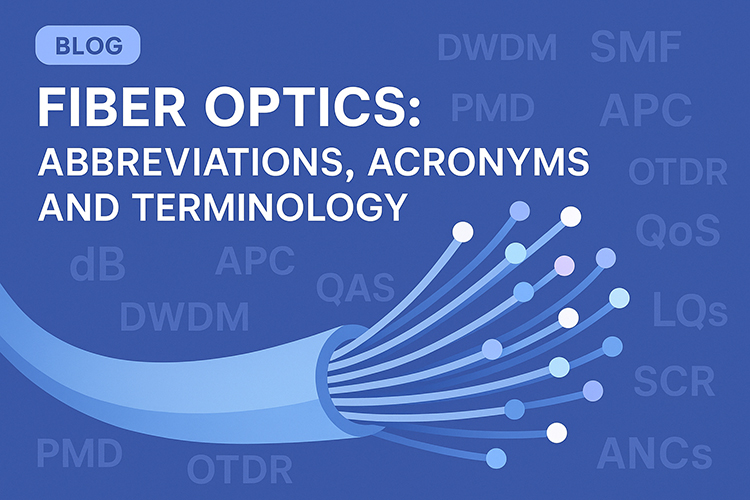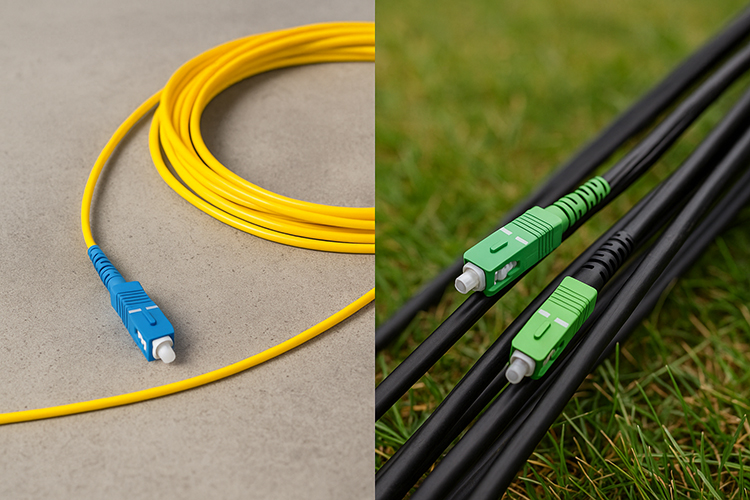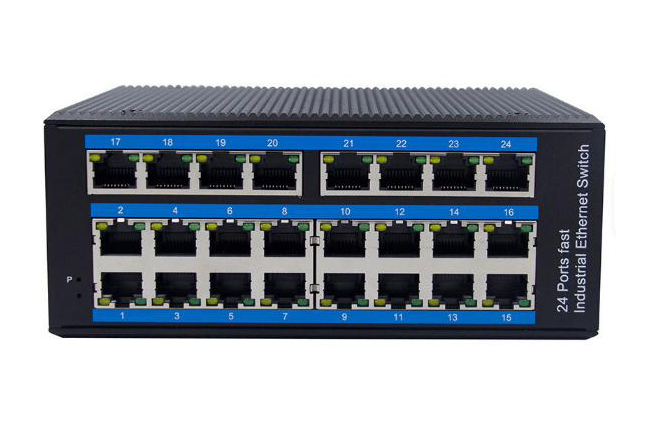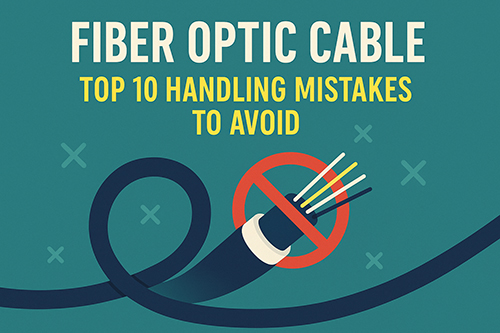.jpg)
Understanding Shielded vs Unshielded Cables
Making the Right Choice for Your Network — A Guide by Stanford Optics
1. Introduction
In structured cabling systems, one of the earliest—and most consequential—decisions is whether to use shielded or unshielded cables. This choice impacts everything from EMI resilience and data integrity to cost, ease of installation, and long-term reliability.
This guide explains how shielded and unshielded cables work, where they should (and shouldn't) be used, and what hidden variables procurement teams often miss when sourcing them.
2. Shielded vs Unshielded: What's Inside Matters
Shielded Cables
Shielded cables include an additional conductive layer—either foil (FTP), braid (STP), or both (S/FTP)—wrapped around the twisted pairs. This layer serves as a barrier against external noise like EMI and RFI, common in high-voltage, industrial, and medical environments.
-
Foil shields offer 100% coverage but are mechanically fragile.
-
Braided shields are more durable but cover less surface area.
-
Drain wires are often included to facilitate proper grounding.
The key is that shielding only works when it's grounded correctly. Otherwise, it can amplify interference.
Unshielded Cables
Unshielded twisted pair (UTP) cables rely solely on the twist rate of the wire pairs to reject interference. This design is compact, lightweight, and widely compatible with existing infrastructure.
They're ideal for:
-
Standard office environments
-
Commercial buildings with low EMI
-
Short-to-medium cable runs (<100 m)
Cat5e and Cat6 UTP are still the backbone of many modern LANs—when used in the right context.
3. Technical Comparison
| Attribute | Shielded Cable | Unshielded Cable |
|---|---|---|
| EMI/RFI Protection | High (depends on shielding type) | Minimal (relies on twist geometry) |
| Signal Integrity | Stable in electrically noisy environments | Susceptible to cross-talk, EMI |
| Installation Complexity | Higher (requires grounding, thicker jacket) | Lower (easier to bend, no grounding) |
| Bandwidth/Category Support | Available for Cat5e to Cat8 | Also available up to Cat6a or Cat8 |
| Cost per Foot | ~30–60% higher, depending on shield type | Lower material and labor cost |
| Flexibility & Weight | Lower (heavier, stiffer) | Higher (lightweight, easy to handle) |
4. Application Contexts: Where the Difference Matters
Use Shielded Cables When:
-
The cable runs near motors, HVAC systems, or fluorescent lights
-
You're wiring factory floors, labs, hospitals, or server rooms
-
You have long cable runs (>90m) or critical signal timing
-
Local code requires enhanced EMI containment (e.g., in data centers)
Use Unshielded Cables When:
-
You're working in low-noise environments (e.g., offices)
-
You need simpler routing through conduit or raceways
-
Budget and flexibility are key drivers
-
The environment allows for clean EMI separation by physical design
5. Cable Construction Details That Matter
Shielding Configuration Types:
-
U/UTP: Unshielded cable, no pair or overall shielding
-
F/UTP: Foil overall shield, unshielded pairs
-
U/FTP: Unshielded overall, foil-wrapped individual pairs
-
S/FTP: Braided and foil-shielded overall, and each pair individually shielded
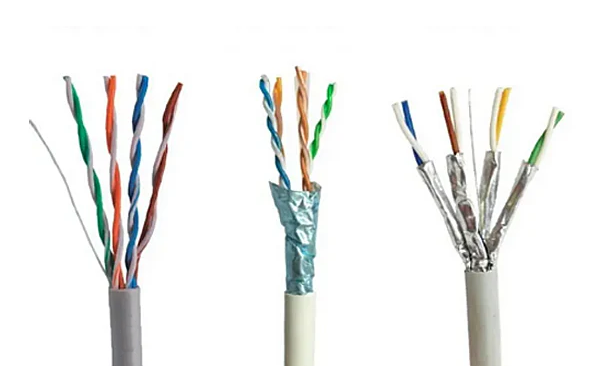
Each configuration trades off coverage, mechanical strength, and crosstalk suppression. For example, S/FTP cables are often used in Cat7/Cat8 installations where performance exceeds 10 Gbps and alien crosstalk becomes a limiting factor.
6. Installation and Termination Realities
Shielded systems are only as effective as their termination. Poor grounding or inconsistent shield continuity can cause more problems than it solves. This means:
-
Shielded cables require metal-bodied connectors and shielded patch panels
-
Grounding must be continuous from end to end—preferably to the building ground
-
Bending radius and pull tension tolerance are lower than UTP
Unshielded cables are more forgiving, which is why they're preferred in fast-paced installs or retrofit jobs.
7. Trends in Cable Design
New materials are helping improve EMI resistance without sacrificing flexibility:
-
Aluminum-polymer laminates for lighter foil shields
-
Low-smoke zero halogen (LSZH) jackets for confined public spaces
-
Flat-profile shielded cables for underfloor and office furniture routing
Shielded Cat6a is becoming more popular in PoE+ applications due to better thermal dissipation.
8. Why Stanford Optics?
At Stanford Optics, we supply:
-
Bulk Cat5e/Cat6/Cat6a shielded and unshielded cables
-
Custom-cut assemblies with factory-installed RJ45 or industrial M12 connectors
-
Low-capacitance, high-flex cables for robotics and motion applications
We also provide:
-
Engineering support for EMI mitigation
-
Pre-sale consultation for network designers
-
Volume pricing for data center and OEM clients
9. Conclusion
Shielded cables aren't always better. Unshielded cables aren't always cheaper in the long run. It's all about context.
Take the time to match the cable to your electrical environment, data rate, and mechanical constraints. Not sure what that means for your application? Ask us.
Contact Stanford Optics — whether you're working with shielded, unshielded, or optical cables, our team can help you design a system that works the way you expect it to.

